In the previous blog, we introduced characteristics of linear regulators, how they work, and what types are available, including their advantages and disadvantages. In this blog, we will explain the meaning of specifications that are important when selecting a linear regulator and protection functions required for safety use.
Linear Regulator: Main Specifications to Keep in Mind
When selecting a linear regulator, it is essential to review the product's specifications. Here we introduce some of the important specifications for selection.
Table 1. Linear Regulator: Main Specifications
|
Item |
Explanation |
|
Input Voltage Range |
This indicates the minimum and maximum voltage range required for a linear regulator to perform specified functions. |
|
Output Voltage Range |
This indicates a voltage range that a linear regulator can output. |
|
Output Voltage Accuracy |
This indicates how much error range can be achieved to output the set voltage. |
|
Output Current |
The maximum output current that a linear regulator can output under certain conditions. Usually, it indicates the maximum current under the most severe condition of minimum input-to-output differential voltage. |
|
Input-to-output Differential Voltage |
This indicates the level of difference between input and output voltages required to output a current specified as a condition. |
|
Power Dissipation |
This indicates the maximum power dissipation that does not exceed "temperature to maintain its performance." Power Dissipation (PD) is calculated by the following equation. PD = (Tj - Ta) / θja - Tj: Junction temperature, |
|
Ripple Rejection Ratio |
This indicates how effectively the product suppresses small voltage fluctuations (ripple) superimposed on the input power supply line at the output side. The unit is expressed in dB. Usually, it indicates the value at a frequency of 1 kHz. |
|
Transient Response |
This indicates the time range required for the output voltage to return to its original stable state and the fluctuation range of the output voltage, in response to a sharp fluctuation of input voltage or load current. |
|
Line Regulation |
This indicates the amount of fluctuation in DC output voltage when the input voltage is varied. The input transient response differs from this DC characteristic and indicates how the output voltage fluctuates in units of time. |
|
Load Regulation |
This indicates the amount of fluctuation in output voltage when the DC output load current is varied. |
|
Load Transient Response |
This indicates a waveform of output voltage fluctuation (overshoot or undershoot) and the time required for the output voltage to return to a stable state in response to a rapid change in load current under certain conditions. The capacitance of the capacitor connected between the output terminal and GND may affect the level of fluctuation. |
|
Output Noise Voltage |
This is mainly composite of thermal noise, which is caused by feedback resistors, and flicker noise, which is caused by an error amplifier. The unit is Vrms. |
Linear Regulator Protection Functions
Linear regulators, especially LDO regulators, may have very low on-resistance of an output driver transistor, less than 1 Ω. If a short circuit occurs at the output with low on-resistance, an unexpected abnormal current (large current) flows, and the heat generated by the power consumption may cause thermal damage to a linear regulator itself. To prevent such damage of a linear regulator, several protective functions are generally provided. We will briefly introduce some of the functions below.
- Reverse Current Protection Function
This function prevents current flowing from the output terminal toward the input terminal or GND terminal when the output voltage is higher than the input voltage.
The figure below shows an example of a reverse current protection function. The reverse detector circuit detects just before the input voltage becomes smaller than the output voltage and enters the reverse current protection mode to cut off the current path to the input terminal or the GND terminal.
Figure 1. Example of Reverse Current Protection Circuit
- Over-current Protection Function
This protection function limits the current flowing from the power supply to the output terminal. In the figure below, the red line shows the current limit line, which is about 320 mA. (detailed explanation)
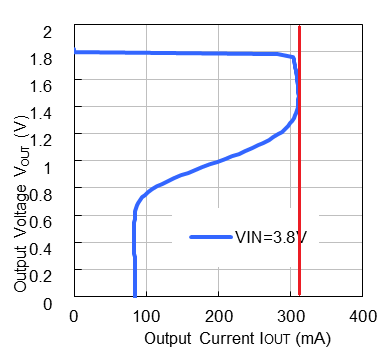 Figure 2. Example Operation of Over-current Protection
Figure 2. Example Operation of Over-current Protection
- Short Current Protection Function
This function prevents overcurrent from flowing and destroying the device when the output terminal (VOUT) and the ground terminal (GND) have short circuit, for example. When the output voltage is close to 0 V in particular, the limit current is controlled at a low value to suppress heat generation due to dissipation inside the IC. See the red circle in the figure below. In the figure, the current is limited to about 80 mA at short circuit. (detailed explanation)
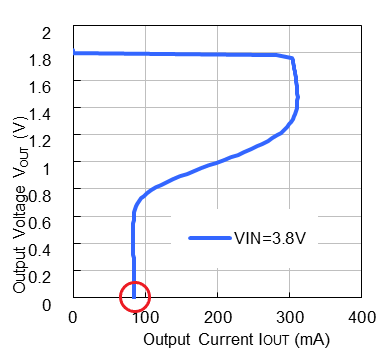
Figure 3. Example Operation of Short Current Protection Function
- Inrush Current Limit Function (Soft-Start Function)
This function limits the large current which temporarily flows soon after the regulator start-up and prevents voltage fluctuations of the previous circuit's output, or the input voltage of the regulator. (detailed explanation)
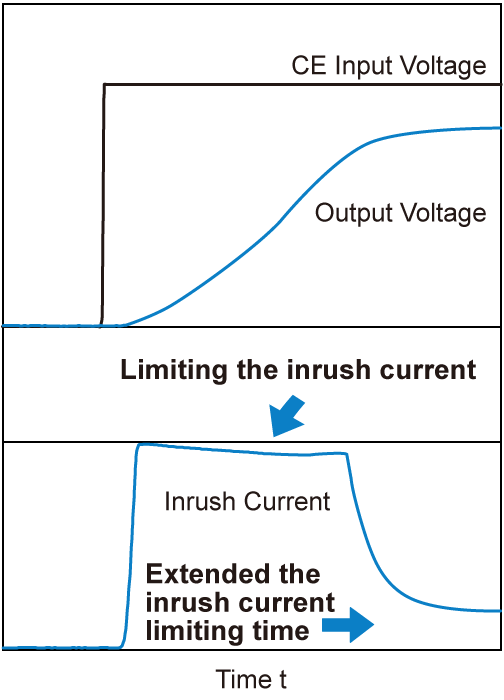
Figure 4. Example Operation of Inrush Current Limit Function
- Thermal Shutdown Function
This function detects overheating caused by a large current flowing through a LDO regulator due to a short circuit between the output and ground terminals, etc. and prevents damage by turning off the output of the product.
The figure below shows an example operation of a thermal shutdown function. When the temperature rises and reaches 150°C due to a short circuit or other causes, the thermal shutdown function works and turns off the regulator. Turning off the regulator stops the current flow and lowers the temperature. When the temperature drops to 125°C, the regulator automatically turns on. At that time, if a fault, such as a short circuit, is not fixed, the current flows again and the temperature rises, resulting in repeated ON/OFF operation as shown in the figure below. (detailed explanation)

Figure 5. Example Operation of Thermal Shutdown Function
Summary
In everyday life, we rarely think about how electronic devices work, much less how they are supplied with electricity. However, a power management circuit, which is responsible for power supply, is an essential part of any electronic equipment. Among them, linear regulators improve not only system operation, such as enhancing audio quality and eliminating flicker on monitor screens, by supplying low-noise power, but also overall system safety thanks to their many protection functions incorporated. In the remarkable technological progress, even linear regulators, which tend to go unnoticed, are being developed every day to be better products.

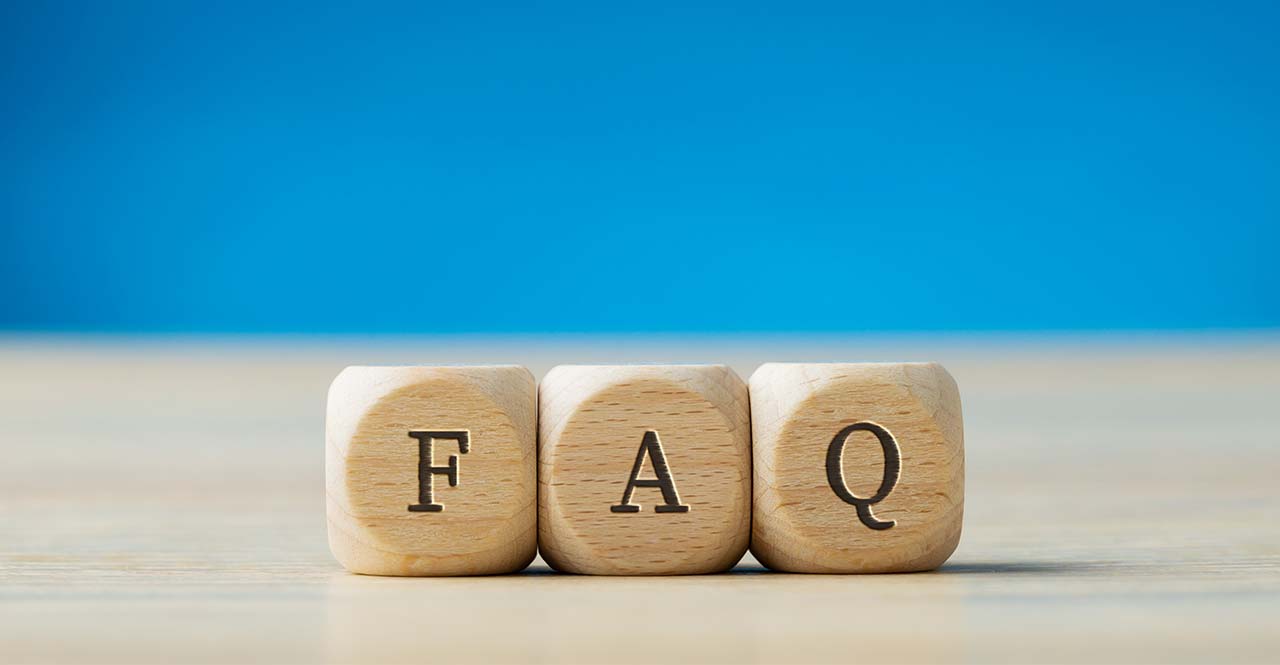

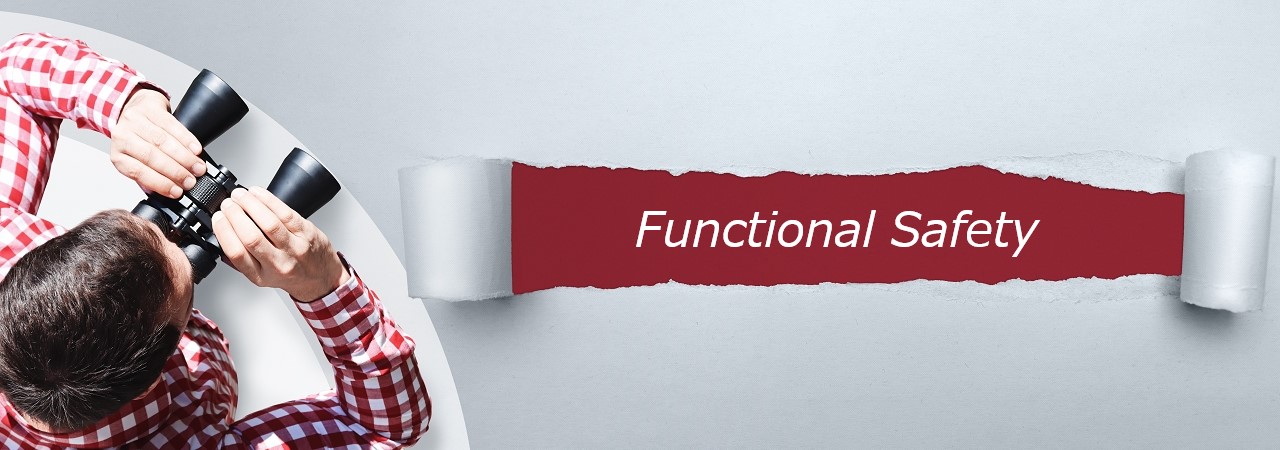


Comment